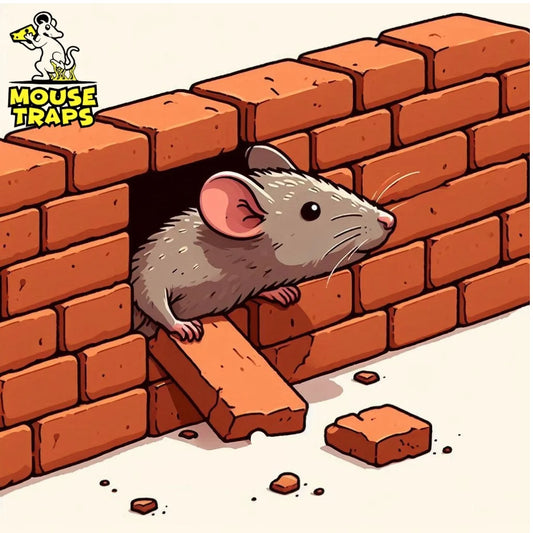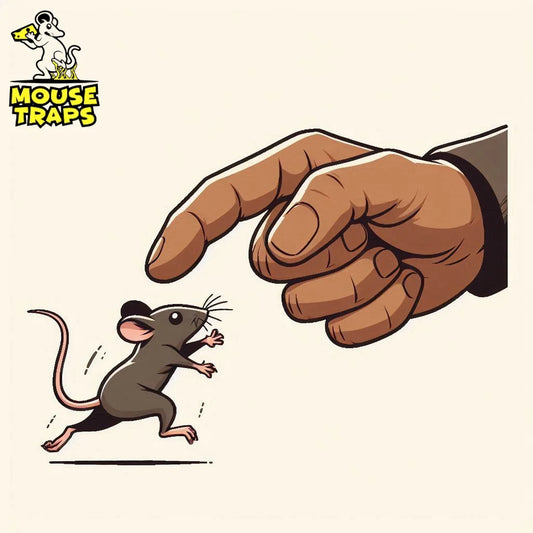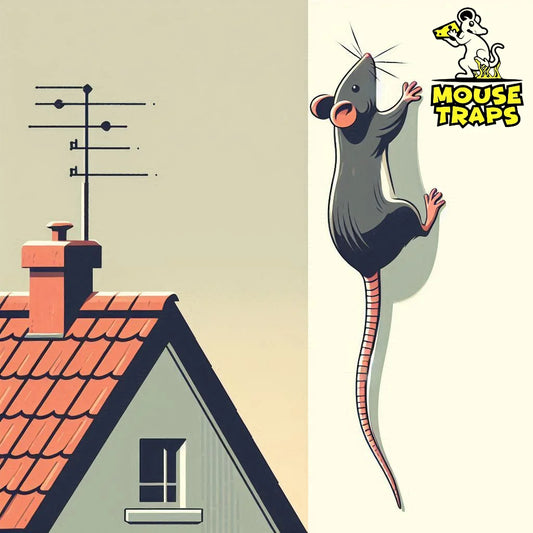Introduction:
In the eternal battle against household pests like mice, UK residents often turn to mouse traps as their first line of defense. As an owner using mouse traps may worry you about your friends safety. Don't fret, my animal lovers! In this manual we will explore the utilization of mouse traps in households, with pets, in the United Kingdom. We've got all the advice and expert knowledge you need to keep your pets safe.
Understanding the Challenge:
Before we get into the specifics lets first grasp the issue at hand. Dealing with mice problems is more, than an annoyance; it also brings health hazards to both people and pets. It's vital to address this issue while keeping our friends safe and sound.

The Importance of Safe Pest Control:
Protecting Your Pets:
Our furry friends are more than just pets; they're cherished members of our families. Therefore, their safety should be paramount when implementing pest control measures. Traditional mouse traps, while effective, can pose risks to curious pets. From accidentally triggering the trap to ingesting toxic bait, the potential dangers are real.

Safe Alternatives to Traditional Mouse Traps:
1. Humane Mouse Traps:
Humane mouse traps offer a compassionate alternative to traditional snap traps. These traps catch mice without causing harm so you can set them free. This method not saves the mice. Also keeps your pets safe, from harm.

2. Electronic Mouse Traps:
Using electronic mouse traps is an compassionate way to manage rodents. These gadgets employ technology to administer an painless electric shock guaranteeing a swift and humane demise for any mice that venture inside. Furthermore electronic traps present danger, to pets as they come equipped with safety measures to avoid triggering.

1. Choose the Right Location:
When setting traditional mouse traps in homes with pets, location is key. Place traps in areas that are inaccessible to pets, such as behind furniture or inside cabinets. Avoid placing traps in areas frequented by your pets to minimize the risk of accidental activation.
2. Use Pet-Safe Bait:
Traditional mouse traps typically use bait to lure in unsuspecting rodents. However, some baits may be toxic to pets if ingested. For the safety of your friend consider using friendly bait options, like peanut butter or cheese. These options are enticing to mice but pose no harm to your furry companions.

3. Secure Traps Properly:
To prevent accidental activation, it's essential to secure traditional mouse traps properly. Set up traps in spots that're, out of reach for pets like under furniture or inside cabinets. Also think about using bait stations to add a layer of protection, for pets. Prevent them from accidentally encountering the traps.
FAQs:
Conclusion:
To sum it up ensuring the use of mouse traps, in households, with pets involves planning and taking preventive steps. By choosing pet options adhering to safety protocols and putting strategies in place you can manage rodent issues effectively while ensuring the safety and well being of your beloved pets. Just remember it's entirely feasible to maintain a pest environment without jeopardizing your pets health.




